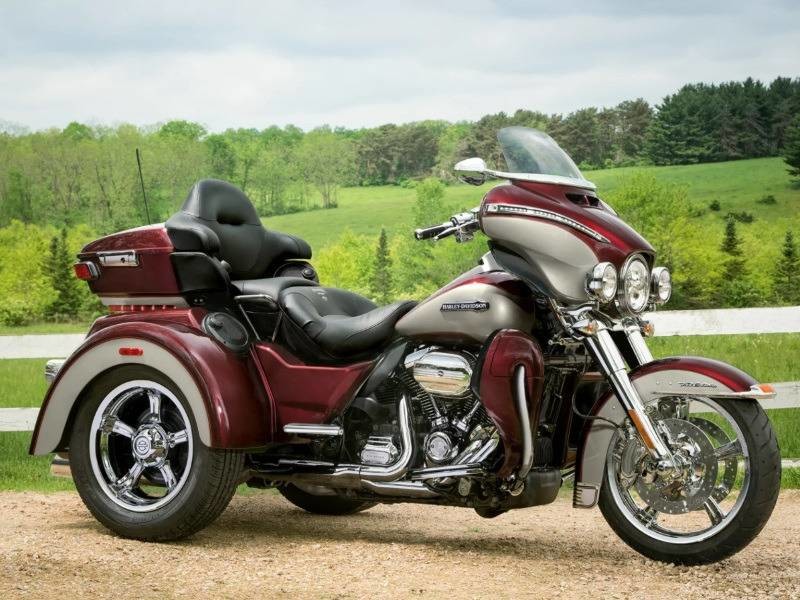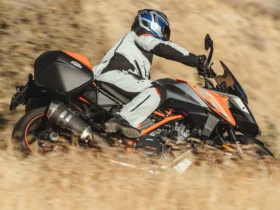When you are selecting a motorcycle it’s important to evaluate motorcycle size for riding based on the height, requirement, and weight. Because your bike and body align with each other so when you turn or stop or run your body maintains the riding stability. There are lots of bike manufacturers and a variety of bike models as per size.
As a rider, you have to sit for a long time on different types of roads with lots of weight. So, a rider needs a bike with the best suspension, an engine that can serviced for a long time, provides comfort on different roads, and fits as per your height. Today, we will discuss the different methods you have to look at while choosing your motorcycle. We will understand as per height, weight, suspension, engine, and others.
Top 5 things to evaluate motorcycle size for riding
There are many factors that you have to consider while choosing a motorcycle like your needs, budget, etc. But apart from these, we have to pick the right size of motorcycle for riding that you can understand by these points.
1. Rider’s Height Matters
There are two simple ways to calculate the height of your bike: Check the height given by the manufacturer and the second Inseam measurement. Many times the height given by the manufacturer is not 100% reliable.
So Inseam measurement is another way. To measure, you have to sit on the bike comfortably and ensure you are capable of reaching the controls without straining. Check your foot reaches to the floor and you can maintain the stability of the bike.
The ideal fit allows for effortless and natural control without discomfort.
2. Checking Engine Size and Power
The right size engine matters a lot to a comfortable ride for the long term without any problem and your body is capable of handling the weight of a motorcycle. Because a larger engine means the higher the weight of the bike.
For new or skinny riders, a 150cc to 350cc range is recommended for ease of handling. Also, riders have their luggage on the bike which results in more weight. Most bikes have a weight limit of 160-200kg that you can calculate by subtracting the bike’s weight from its gross vehicle weight rating.
3. Evaluating Weight and Balance
Choose the weight of the bike that you can balance. So start by calculating your weight, because it is important. You have to make sure a bike carries more weight than just you; any additional gear or passengers count too. There are two ways to calculate weight including dry weight and wet weight.
Dry weight does not include the weight of fuel and oil. When we calculate wet weight we have to add approx 50 pounds in it.
Check both weights differently by sitting on the bike. Your feet should comfortably touch the ground and your hand reach to the handlebars. During a test ride, you have to focus on feeling centered and in control by avoiding any sense of leaning too far forward or backward.
4. Seat Height and Foot Placement
The height of the rider matters while determining motorcycle size for riding. The bike’s seat height depends on the type of bike. You can calculate your Inseam measurement to pick the bike with a comfortable seat. You also have to focus on your backseat, if you want to place luggage and another person on it.
You can ensure both of your feet are comfortably touched up on the ground with stability during a test. Don’t go with a bike, if your feet overextend, the seat is too high, your knees are uncomfortably bent, the seat is too low and the seat affects your bike control.
5. Get Guidance From Professional
A professional mechanic can identify small problems that you can’t see from outside. Getting guidance from a mechanic is highly important to evaluate the right as per the right purpose. Keep in mind that do not buy a motorcycle online.
Also, you can reach out to riding buddies or connect with the welcoming community on motorcycle forums and clubs – they are eager to help newcomers.
Guidance becomes more important when you are buying a second-hand motorcycle for riding.
Conclusion
Now let’s sum up all the above discussion on determining motorcycle size for riding. Here, we only discussed a few important points and there are other things also available you can consider like testing different bikes, researching manufacturer recommendations, determining suspension, reviews, etc. Take a pen and copy to write down all the important points before purchasing.
If you are still confused then you can hire a professional to find out the perfect bike as per need.
FAQ,s
When checking a bike’s suspension and handling, focus on how it responds, stays steady, and feels comfortable when you ride it. See how smoothly it turns corners, stays stable on bumpy roads, and handles bumps. A suspension system in good shape can make your ride more enjoyable.
A rider can find a motorcycle expert by asking friends who ride, reading online reviews, or visiting well-known motorcycle shops. Mechanics and dealerships are usually ready to help with advice and services. This is most important.
When picking a bike for beginners, consider weight and balance. Ensure it’s not too heavy; you should feel in control and connected for comfort and safety. During a test ride, check how it handles corners. If it feels smooth and you can comfortably reach the ground and controls, it’s a good fit.
If we talk about beginner-friendly motorcycles then a rider considers bikes like standard/naked bikes, cruisers, scooters, and dual-sport/adventure bikes are ideal. These bikes are easier to handle, not too big, and provide a balanced performance. Also, you can consider a bike with 150cc to 350cc as per need.
Motorcycles don’t have a strict weight limit. Most of the bikes are capable of handling around 160-200kg comfortably. Check the bike’s gross vehicle weight rating for the specific model’s capacity. Remember you have to subtract the bike’s weight from the recommendation number when calculating.










Leave a Review